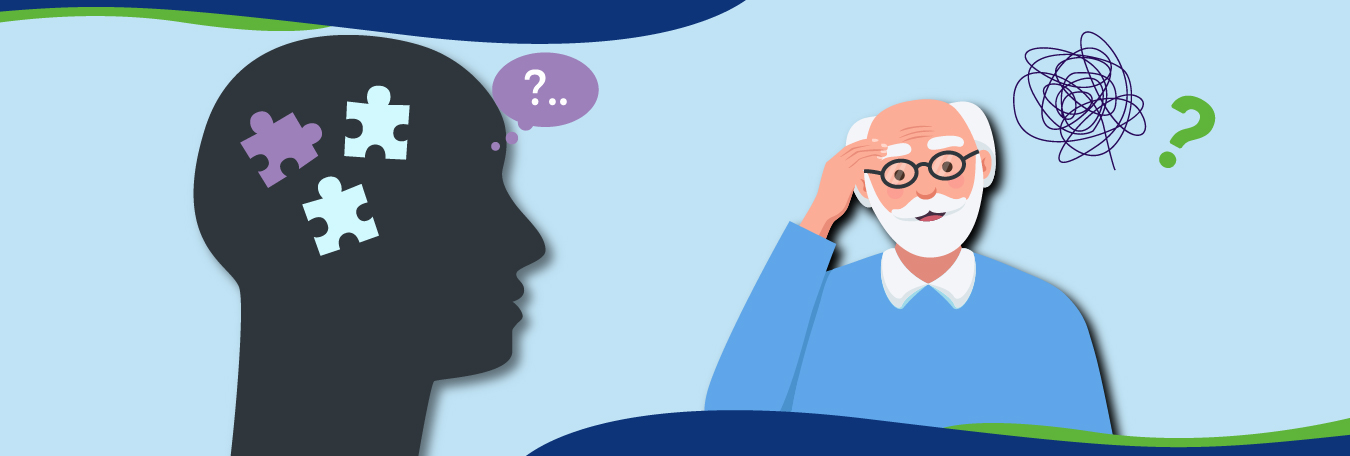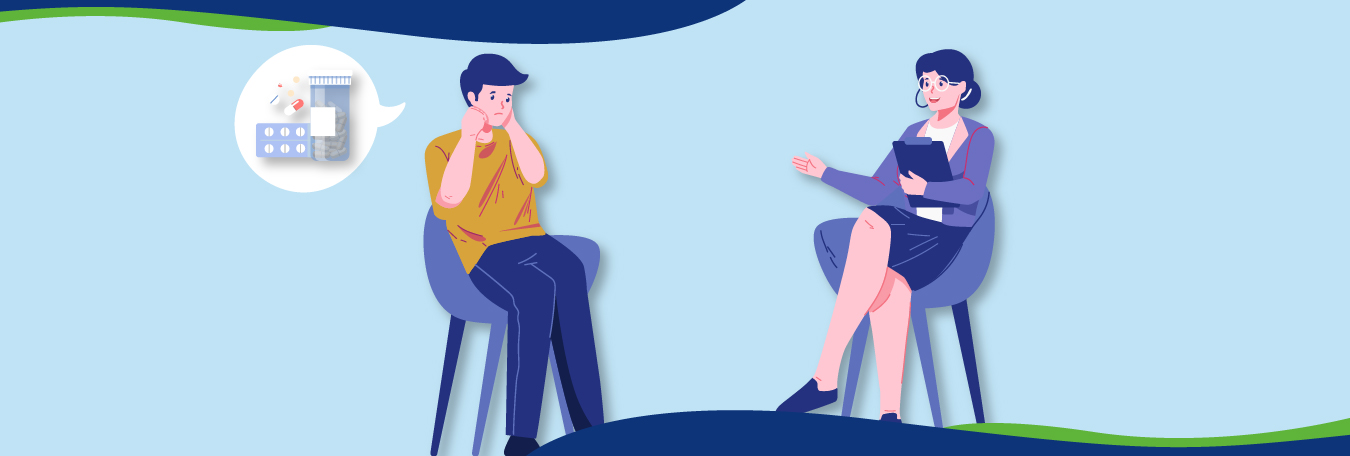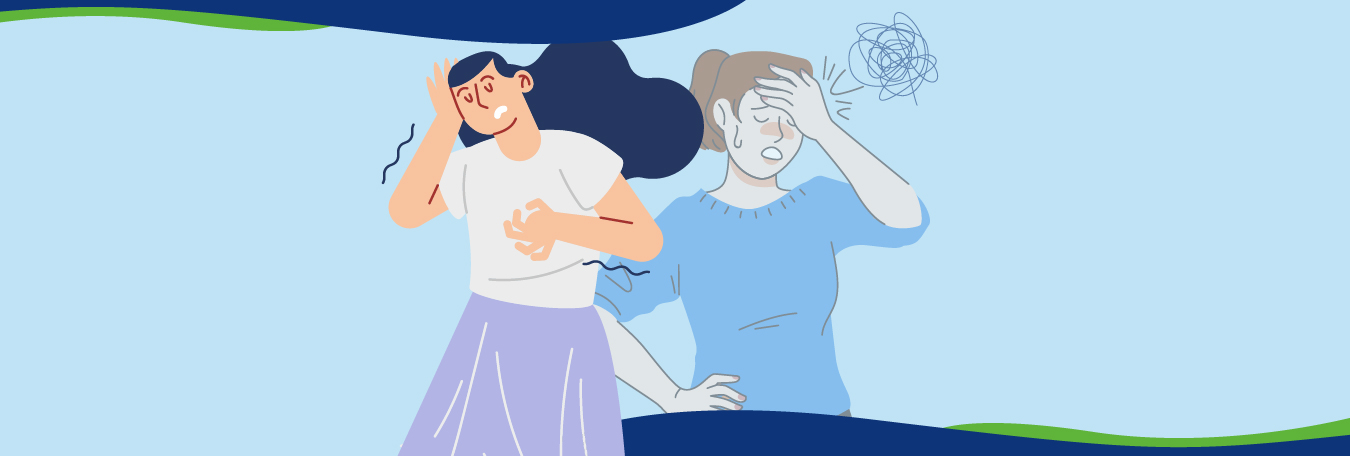Situational anxiety is a type of anxiety condition that usually takes place in unfamiliar situations and we’ll talk about it in much more detail in the words below. As part of the discussion, we’ll also be going through situational anxiety symptoms and relevant treatment options, so let’s know what we have got. We’ll start with the basics first:
What is Situational Anxiety?
Situational anxiety tends to occur in occasions and situations that are unfamiliar or radically new situations. It is more a way of describing a specific way anxiety affects people rather than a major mental disorder. It is not uncommon to go through this type of anxiety at some point in our lives as it tends to be mild and goes away as promptly as it comes. This type of anxiety does not necessarily indicate that a person has an anxiety disorder as it could be something just like moving to a new city or if your manager at work says to try a new project (which are good situational anxiety examples) but still treatment should be sorted if it’s going out of hand and is primed not to go away soon.
Situational anxiety should not be confused with another one of the types of anxiety called “state anxiety” as many use these terms interchangeably (Saviola et al., 2020). State anxiety is referred to as anxiety that kicks in when the current psychological state of the affected individual is affected, which is the kind of phenomenon that can fit into many different situations that can be familiar and older, directly contrasting the idea of situational anxiety disorder. However, one can say situational anxiety is a type of state anxiety because it impacts the “current” or present situations that are unfamiliar and new.
Read More: The Ultimate Guide to Anxiety Symptoms in Women
Why Isn’t This Considered To Be An Anxiety Disorder?
The experience of situational anxiety can indeed be debilitating but it isn’t, as mentioned before, a full-fledged anxiety disorder. It is more akin to something that happens when you are out of your “comfort zone.”
We cannot say or call it a situational anxiety disorder because that is logically wrong and we’ll tell you how. Within situational anxiety, the psychological stress one feels is often short-lived, unlike many anxiety disorders in existence, where long-term stress and anxiety are their defining features. Usually, situational anxiety keeps the affected individual out of danger and serves as a type of overblown fight or flight response. Anxiety disorders such as OCD, on the other hand, are more than capable of affecting an affected person’s life so much that the individual is unable to maintain proper executive functioning (capabilities that are needed to sustain everyday life tasks) and retain relationships.

When situational anxiety symptoms start to become pervasive, persistent, and unrelenting, then they are essentially transforming into the familiar lines of an anxiety disorder, you know, something akin to a specific phobia, generalized anxiety disorder (GAD), or even a panic disorder and obviously then the anxiety the affected individual is going through is not considered to be situational anxiety anymore.
Read More: Different levels of Anxiety & stages of anxiety recovery
Is It Situational Anxiety Or Something Much Worse?
The best way to know if someone has situational anxiety or a full-blown anxiety disorder is to match the symptoms with the criteria that are outlined in the Diagnostic and Statistical Manual of Mental Disorders, 5th edition, text revision (DSM-5-TR), for example, when diagnosing GAD you can see if the manual has these symptoms in relevant criteria:
- Excessive worry that occurs more often than not for at least six months
- Stress and anxiety that are difficult to control
- Affected individuals tend to object to worry rather spontaneously
- Presence of 2 or more physical or cognitive symptoms such as edginess or restlessness, being fatigued more than usual, and impaired concentration, and brain fog.
A mental health professional can help you with matching the symptoms of the type of anxiety or anxiety disorder you are feeling and may suggest something like psychotherapy to have it treated.
Read More: How to Stop Feeling the Lightheadedness Anxiety Symptom?
Situational Anxiety Symptoms and Signs
Just to reiterate and give you more background, situational anxiety is commonly associated with these situations:
- Meeting new people or joining a new gathering
- Taking a challenging test or examination
- Interviewing for new jobs
- Performing on stage for the first time (also called stage fright), or speaking in front of a large audience
- Visiting a medical or mental health professional for an impeding diagnosis
- Confronting people, especially those who belong to your family or friend circle
These situations often lead to situational anxiety symptoms as anxiety is more than just racing thoughts and swirling emotions because it is capable of turning on your flight or fight response in the brain that often contributes to different types of mental and physiological responses in the shape of symptoms that you feel such as:
- Muscle pain and tension
- Shortness of breath
- Sleeping issues such as insomnia
- Excessive fear and feelings of dread
- Avoidance behavior such as avoiding social gatherings
- Nausea or diarrhea, and sometimes both
- Cognitive issues such as difficulty focusing on a specific task
- Shaking and trembling
- Dry mouth
- Headaches and irritability
- Extreme sweating
- Wozziness, dizziness, or lightheadedness
- Being hyper-alert
Read More: Itching and Anxiety: Can Anxiety Cause Itching?
Treating Situational Anxiety
Usually, it subsides on its own but when it does not then it is time to seek situational anxiety treatment. These can range from psychiatric medication management and psychotherapy to lifestyle changes.
Psychiatric medication management
This is the monitored (by an expert) version of medication and if it can help in dealing with issues like bipolar disorder or an eating disorder, then it can help in treating situational anxiety too. Predominantly, anti-anxiety medications like Benzodiazepines can be used. Antipsychotic medications are commonly used to treat depression and psychosis (Depression in adults: recognition and management, NICE). The monitored approach ensures that the ups and downs are adjusted via medication.
Psychotherapy
Numerous examples exist, but the most suitable ones are called cognitive behavioral therapy (CBT) and exposure therapy.
CBT
This one helps vulnerable people look inward into their problematic behavior while a mental health expert talks to them, who helps them find resolutions for the mental issues from where the problematic behavior stems. It is a goal-based and short type of psychotherapy that is beneficial for treating mental issues.
Read More: Understanding High-functioning Anxiety: Signs, Challenges, and Coping Strategies
Exposure therapy
Another one of psychotherapies, where a patient (say for situational anxiety) is exposed to the same triggers that would bring up situational anxiety symptoms in real life but this one is done in a controlled environment, so repeated exposure would eliminate the power of triggers.
Lifestyle changes
If lifestyle changes such as regular exercise, a balanced diet, and proper sleep patterns can help people suffering from an actual anxiety disorder, then these can certainly help with treating situational anxiety.
Read More: Everything About Separation Anxiety Disorder
Wrapping Up!
We have laid down everything related to situational anxiety. We have even talked about situational anxiety treatment options and if that’s the thing that you are looking for, our adept team at Inland Empire Behavioral Group can provide you with these options, plus some flexible ones like telehealth psychiatry. Looking forward to meeting you in person!




